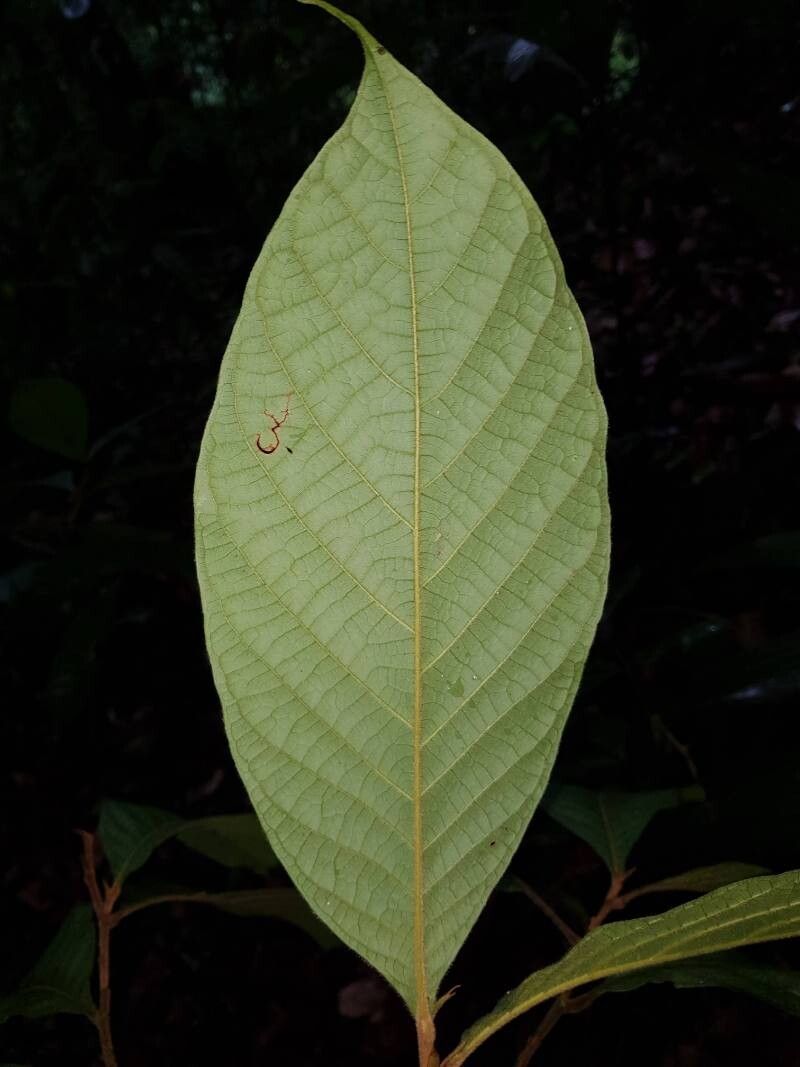From One to Many: The Art of Propagating Your Orchid Mantis (Hymenopus coronaricensis)
Want to share the beauty and wonder of the Orchid Mantis (Hymenopus coronaricensis) with the world? Propagation is the key! This alluring species, mimicking a delicate flower in its stunning coloration and intricate patterns, is a fascinating addition to any insect collection. But getting started with breeding these captivating creatures can seem daunting. Fear not, dear readers! This guide breaks down the process of Orchid Mantis propagation, from pairing to hatching, making it a rewarding experience for even novice keepers.
Step 1: The Right Setup for Romance
Before introducing a male and female Orchid Mantis, ensure they’re thriving individually. A spacious enclosure (at least 12x12x18 inches) with appropriate ventilation is crucial. Plenty of space for climbing and basking is essential. Keep the humidity high (around 70-80%), mimicking their tropical rainforest habitat. A temperature gradient between 75-85°F is ideal. Nourish them with live insects like fruit flies, crickets, and moths, providing a varied diet.
Step 2: Introducing the Lovebirds
Once your mantises are well-fed and healthy, the mating process can begin. Introducing them directly can lead to aggression, so introducing them in a separate, neutral enclosure is wise. Keep them in close proximity for several hours, allowing them to observe each other’s pheromones. They may engage in a “dance” before mating, where the male delicately approaches the female.
Step 3: The Egg Sac Adventure
If successful, the female will produce an ootheca, a tough, frothy, egg sac which houses hundreds of tiny mantis embryos. This incredible structure serves as both protection and a sustainable food source for the developing nymphs. It’s important to maintain optimal humidity levels for the ootheca, ensuring it doesn’t dry out. A small, covered container with damp vermiculite or moss is a suitable setup.
Step 4: Patience is Key
Hatching time varies but can take anywhere from 4-8 weeks. The nymphs emerge as miniature versions of their parents, measuring just a few millimeters long. They’ll be ravenous, requiring small, freshly hatched fruit flies or other suitable micro-insects. The first few weeks are crucial, as many nymphs will die through natural selection.
Step 5: The Journey to Maturity
As your tiny nymphs grow, their appetites will grow with them. Gradually increase the size of their food, ensuring they have adequate moisture and space to molt properly. Their exoskeleton will shed several times as they mature, becoming larger and more striking. The process of growth and development is a true testament to the incredible resilience of these fascinating creatures.
Challenges and Tips:
- Cannibalism: While not uncommon in mantises, it can be a concern. Ensure adequate space and ample prey to minimize this behavior.
- Humidity: Close monitoring of humidity is crucial for their health and egg development.
- Mating: Successful pairings sometimes take time and repetition. Be patient, and observe their behavior closely.
- Feeding: Provide a variety of insects to ensure proper nutrition and a healthy growth rate.
Propagating Orchid Mantises is an adventure in itself, offering a deep connection with nature and a breathtaking glimpse into their incredible life cycle. Each new generation carries the legacy of these captivating creatures, reminding us that life, in all its forms, is a marvel to be cherished and protected. So go forth, dear readers, and share the wonder of the Orchid Mantis with your own personal “garden” of these enchanting insects!

